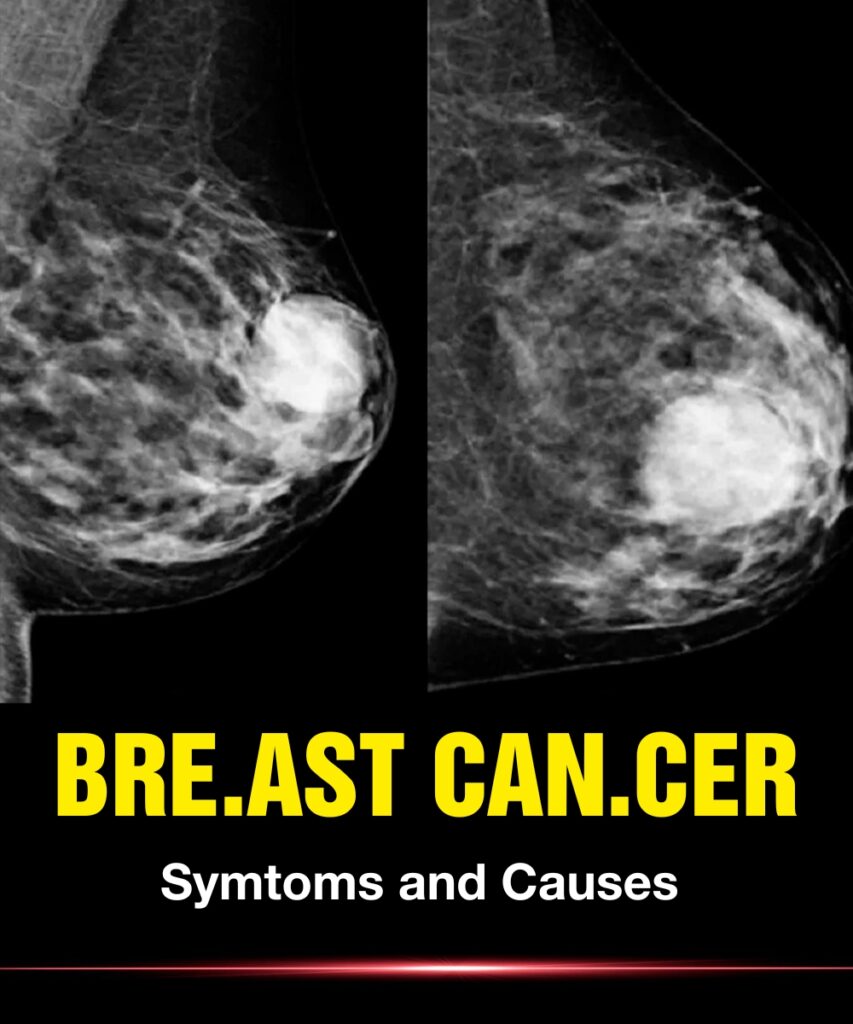Breast cancer isn’t just a disease—it’s a global reality that touches millions of lives. While often associated with women, it’s important to remember: anyone can develop breast cancer, because everyone is born with some breast tissue.
In the U.S., it is the second most commonly diagnosed cancer after skin cancer. Yet despite its prevalence, many are still unaware of its different forms, symptoms, and the changes—both cancerous and non-cancerous—that can occur in breast tissue throughout a lifetime.
What Is Breast Cancer?
At its core, breast cancer begins when cells in the breast grow out of control. This unchecked growth can form tumors, which may or may not spread to other parts of the body.

There are several types of breast cancer, and each behaves differently:
- Ductal carcinoma in situ (DCIS): A non-invasive form where cells are confined to the milk ducts.
- Invasive lobular carcinoma: Begins in the milk-producing glands and spreads.
- Inflammatory breast cancer: A rare, aggressive form with noticeable skin changes.
- Paget’s disease of the breast: Affects the nipple and surrounding area.
- Angiosarcoma: A cancer in the blood vessels of the breast.
- Male breast cancer: Though rare, men can develop breast cancer too.
- Recurrent breast cancer: Cancer that returns after initial treatment.
Recognizing the Signs
Not all breast changes mean cancer—but some signs should never be ignored. Be alert to:
- A new lump or mass in the breast or underarm.
- A noticeable change in shape, size, or contour of the breast.
- Skin texture changes: puckering, dimpling, redness, or a rash-like appearance.
- A nipple turning inward, or discharge (clear or bloody) not related to breastfeeding.
- A persistent area that feels unusually firm or thick.
- Swelling or warmth, sometimes resembling an infection.
Not Every Lump Is Cancer
Sometimes, benign (non-cancerous) breast conditions can mimic the signs of cancer. Hormonal changes, pregnancy, menstruation, or menopause can all influence how breasts feel or appear.
- Benign breast conditions may cause:
- Temporary lumps or cysts.
- Breast tenderness.
- Nipple discharge.
A mammogram or clinical exam can help differentiate between normal changes and something more serious.
Stages of Breast Cancer
Understanding the stages helps determine how far the disease has progressed and guides treatment options:
- Stage 0: Non-invasive; confined to ducts.
- Stage I: Early invasion into nearby tissue.
- Stage II: Tumors have formed; may involve lymph nodes.
- Stage III: More extensive spread within the breast and nearby lymph nodes.
- Stage IV: Metastatic cancer that has spread to distant organs such as the bones, brain, or liver.
When Should You See a Doctor?
If you notice any new or unusual changes in your breast—even if you’ve recently had a clear mammogram—don’t wait. Early detection saves lives.
See a doctor if you feel a lump.
Report any persistent changes in size, color, or shape.
If there’s a discharge from the nipple or pain that doesn’t go away, get it checked.
Takeaway: Knowledge Is Power
Breast cancer is not a one-size-fits-all disease. It takes many forms and can show up in unexpected ways. That’s why it’s so important to stay informed, know your body, and never dismiss something that doesn’t feel right.
Routine checkups, self-exams, and open communication with your healthcare provider can make all the difference. Whether you’re a woman, man, young adult, or aging gracefully — staying aware could be life-saving.
Your body speaks. Learn to listen.


